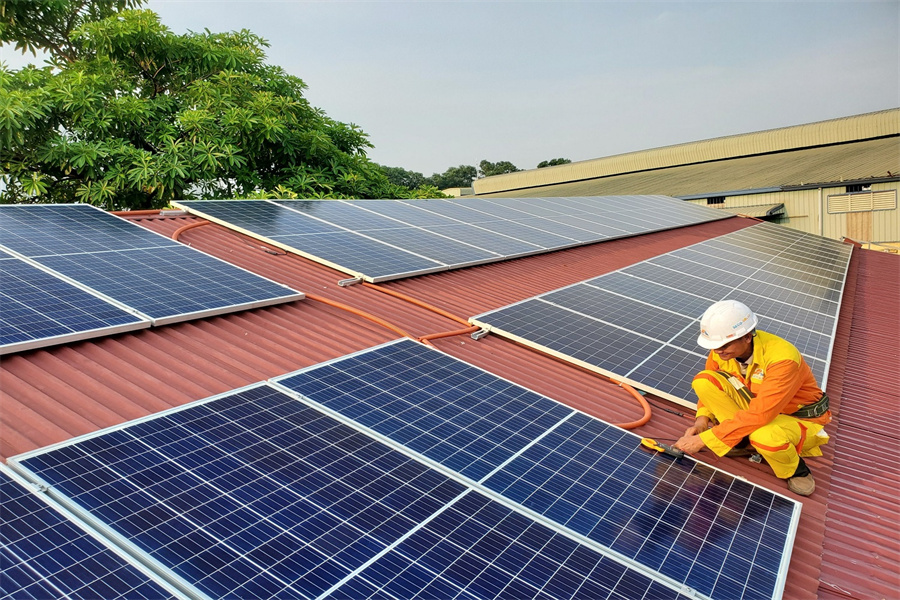Solar energy, in essence, is energy provided by the sun. This energy is in the form of solar radiation, which makes the production of solar electricity possible.

The development and use of solar power is not new; in fact, it dates back to the mid-1800s. However, it wasn't until the 1950s that the usage of solar energy dramatically increased, largely due to the increasing costs of traditional energy sources.
Solar power works by converting light from the sun into electricity. This can be done in two ways: directly using photovoltaics (PV), or indirectly with concentrated solar power (CSP). CSP systems use lenses or mirrors to focus a large area of sunlight onto a small area, and PV converts light into an electric current using the photovoltaic effect.
Solar power is increasingly becoming more common as a source of energy in many households today. It has many advantages, such as being environmentally friendly and a renewable resource. It can help reduce the carbon footprint, is free, and is widely available.
While solar power has many benefits, there are some downsides. The initial cost is the main one for most homeowners. The cost of solar panels, inverter, batteries, wiring, and the installation itself can be quite hefty.
The use of solar power has significantly increased over the last decade, with several countries leading the way. China is the world's leader in terms of installed solar power capacity, followed by the United States, Japan, and Germany.
The future of solar power is incredibly bright, with improvements and advancements happening all the time. In the near future, we can expect solar power to become even more efficient and cost-effective, reaching more and more households and industries.





